

Boyana is the original Sofia neighbourhood at the foot of Vitosha mountain, so it makes sense that it is divided in horizontal “belts” visibly different from each other as the altitude rises. At the lowest level, looming over Bulgaria Boulevard, are the new modern buildings with panoramic windows. Going up and leaving behind the noise of the city, you enter Boyana’s centre, with the legendary Boyana Church in its heart. From there on up, the streets become even steeper, climbing up the mountain slope, and the houses in the neighbourhood’s highest part are literally in the forest.
There is also the question of what, exactly, constitutes Boyana. On the map, the neighbourhood is relatively small – closed between Bulgaria Boulevard, Daskal Stoyan Popandreev Street (which divides it from the state residency complex) and the more or less invisible boundary between Boyana and the Kinotsentar neighbourhood. But like Lozenetz, Boyana’s very name wields a magical power of attraction, so it is often taken to include the real estate around the streets Belovodski Pat and Panoramen Pat (which are technically in other city districts).
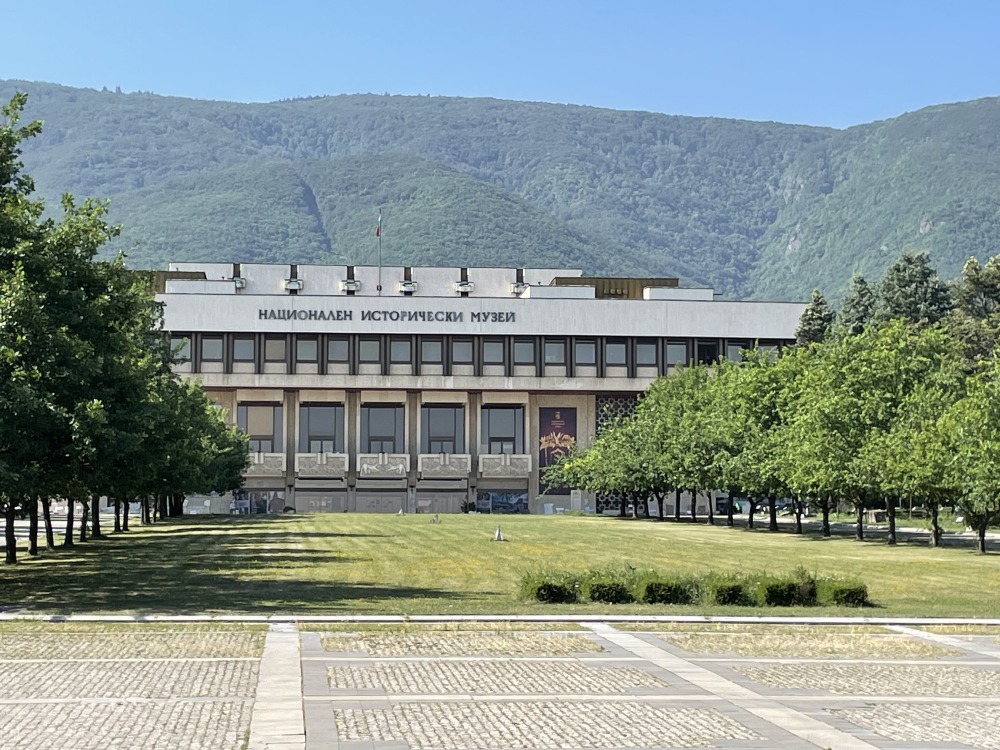
Boyana village was included in the Greater Sofia municipality in 1938, but it lost its village status and was officially designated a neighbourhood only in 1961. But archaeological evidence and, of course, Boyana Church testify that it was the place of residence for aristocrats as early as the Middle Ages. Since 1974, Boyana once again became the home of power – first the State Council of the People’s Republic of Bulgaria, and today, the residence of the President and the Vice-President, the Prime Minister and the Chairperson of Parliament. Since 1998, the largest building in the state residence complex houses the collection of the National History Museum instead, and recently, there has been civic pressure for the 60 hectare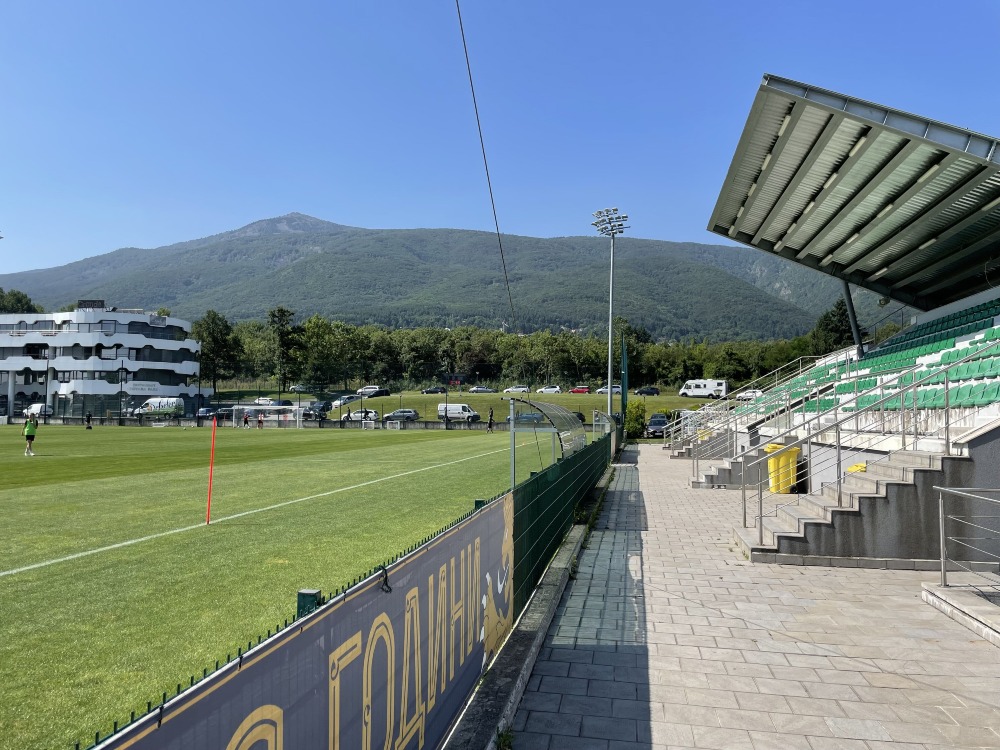 residence park boasting impressive botanical diversity to be open to the public. (Instead of just standing there empty while the men and women in power are at work, in the centre of the capital.) Next to the National History Museum is the National Football Centre, sometimes used for the training sessions of the Bulgarian national team. The two are connected by a huge stretch of asphalt the purpose of which remains a mystery – something like the biggest service road in Sofia which is usually devoid of cars.
residence park boasting impressive botanical diversity to be open to the public. (Instead of just standing there empty while the men and women in power are at work, in the centre of the capital.) Next to the National History Museum is the National Football Centre, sometimes used for the training sessions of the Bulgarian national team. The two are connected by a huge stretch of asphalt the purpose of which remains a mystery – something like the biggest service road in Sofia which is usually devoid of cars.
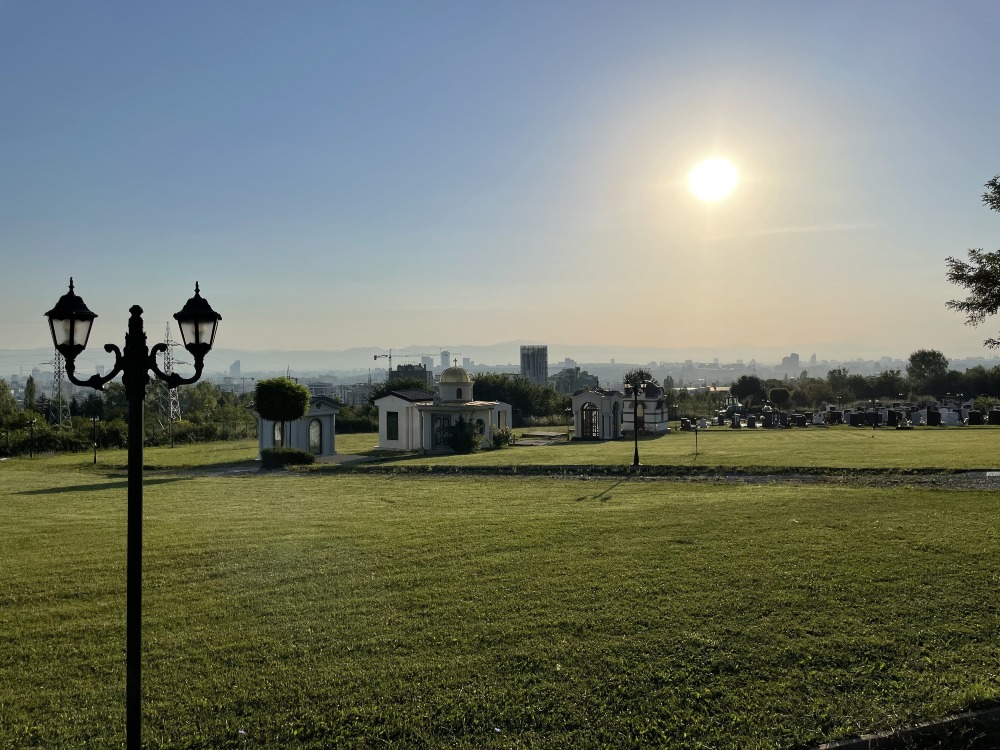
The region along Bulgaria Boulevard above the Ring Road is especially prestigious to live in, because the boulevard races down into the very heart of the city, claimed to be 15 minutes away by car. For some time now, the same region is especially prestigious to die in as well, as it is the home of the St Archangel Michael Orthodox Cemetery, where eternal rest comes with five stars. Heaven and eternity are also the raison d’etre of the St St Nikola and Pantaeleimon church, popularly known as the Boyana Church. Construction of the church began back in the early Mediaeval period, the world-famous frescoes are from the 13th century, and in the 19th century we almost lost it when the villagers of Boyana decided to bring it down and build a new, bigger church in its place. It was saved by Eleonora, the second wife of Bulgarian Tsar Ferdinand I, who was later buried next to the church’s southern wall. (And Ferdinand is the one to thank for the planting of American sequoia trees on Vitosha, one of which rises to the sky in the churchyard.) In 1979, Boyana Church was included in the World Heritage List by UNESCO and it remains of the most widely recognized symbols of Bulgaria. Going up the steep paved street above the church, you will reach the starting point of the hiking path leading to Boyana Waterfall. It is there, in the quiet streets in the highest portion of Boyana, that you can feel the real atmosphere of the neighbourhood – a place where you will wake to birdsong and the distant booming of the city will feel like a dream.
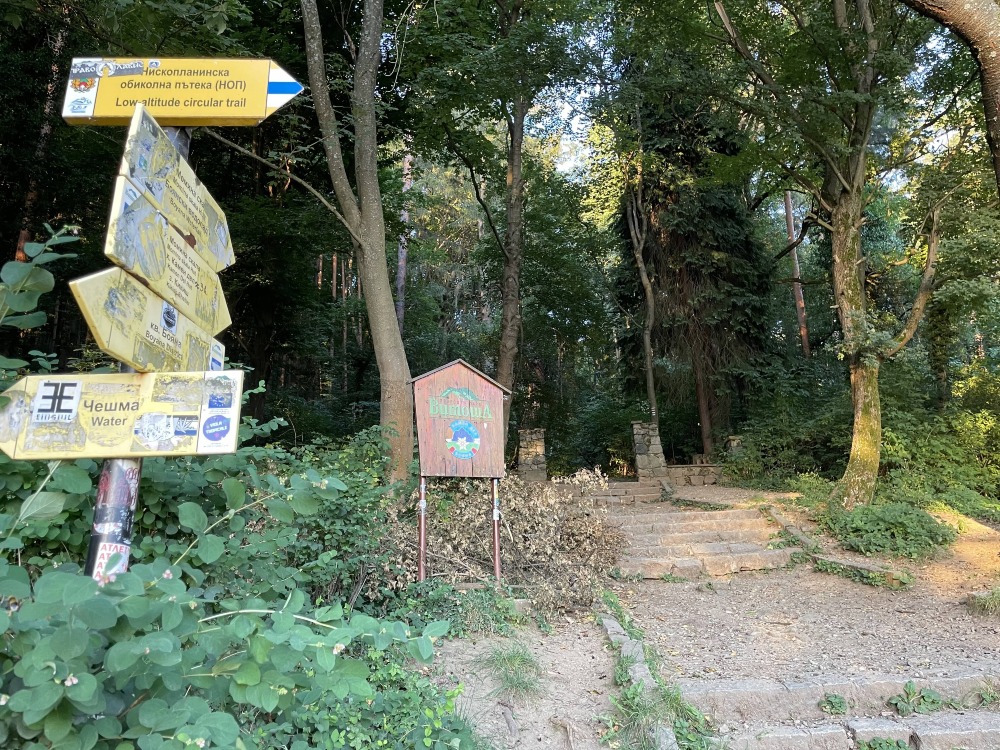
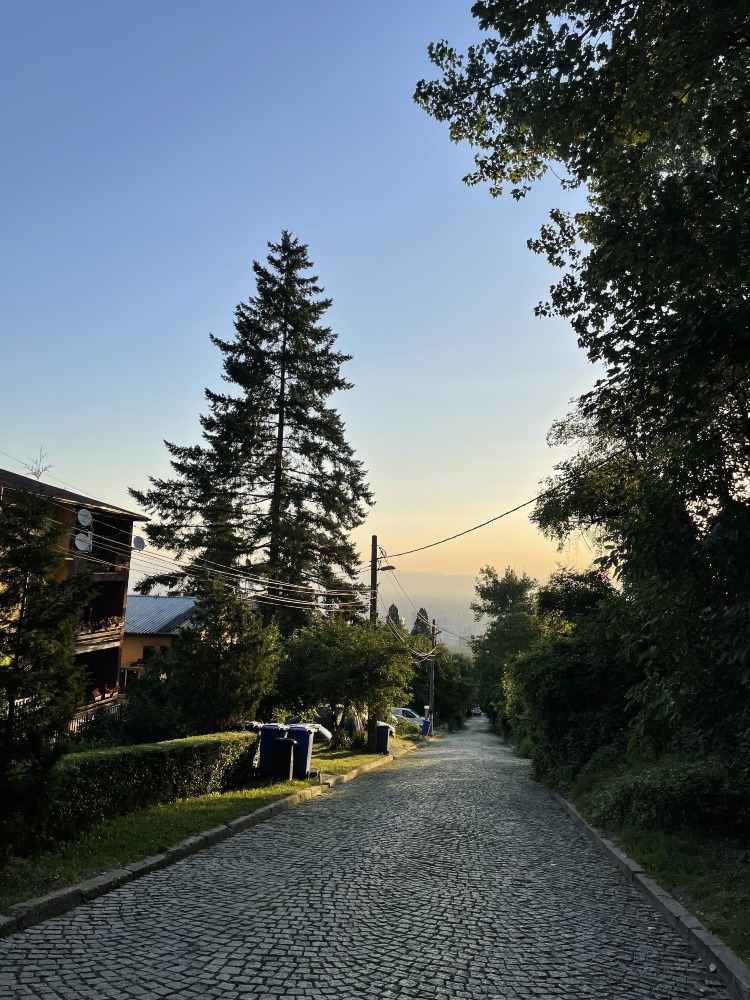
Boyana’s contemporary life mainly follows the two major streets in the neighbourhood. Kumata Street is something like Boyana’s Main Street, and after it leaves the boundaries of the neighbourhood, it continues to circle the foothills of Vitosha mountain, leading to the Kinotsentar, Dragalevtsi, Simeonovo and Bistritsa neighbourhoods. It boasts most local shops, the family eatery Kumata and one of the best established Italian restaurants in Sofia – Cinecitta Osteria Italiana. The legendary pub Boyana Hanche is in the very centre of the neighbourhood, and going in the opposite direction from there along Alexander Pushkin Boulevard, you will encounter the restaurants Perfetto, Da Massimo, Castello di San Marino and the reasonable question what is it with the Italian takeover of Vitosha’s south slopes. Another Mediterranean culinary destination is the Greek restaurant Kumbare, strategically positioned at the entrance of the street leading to the cemetery.